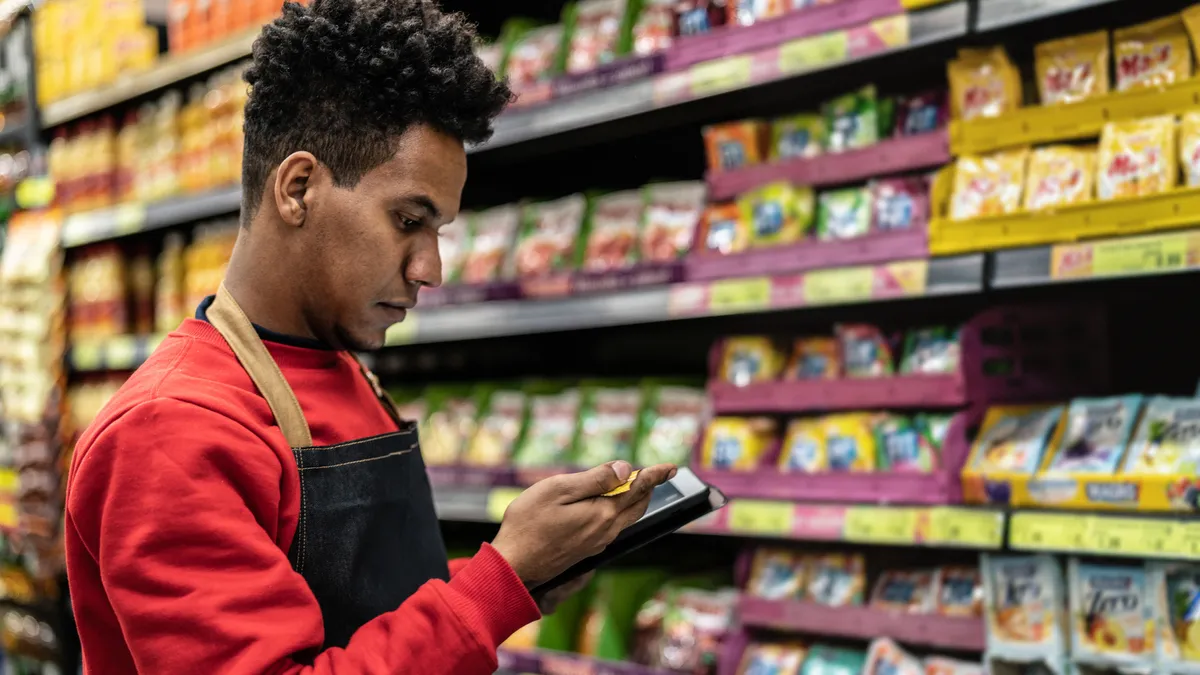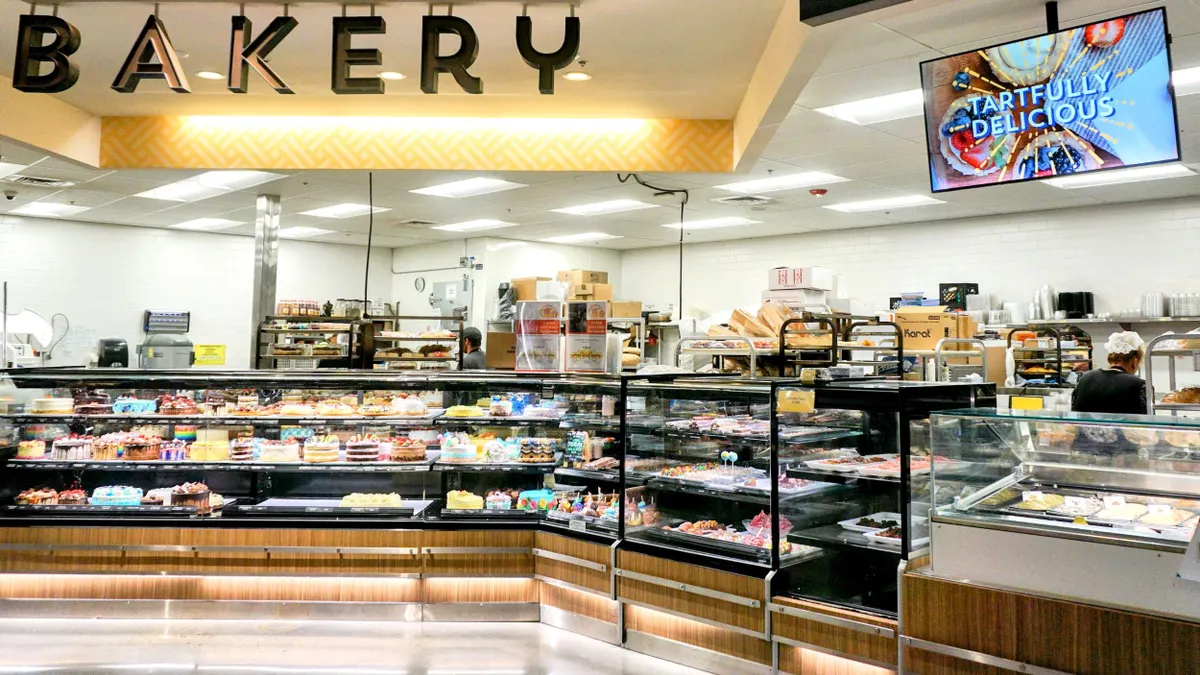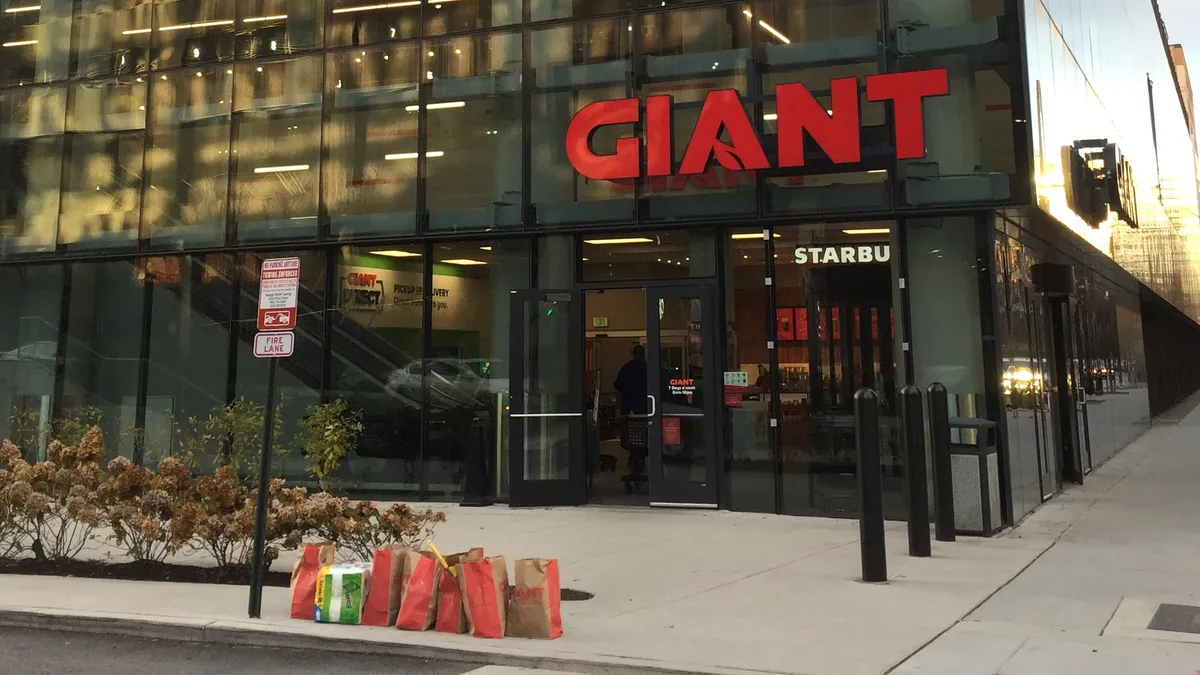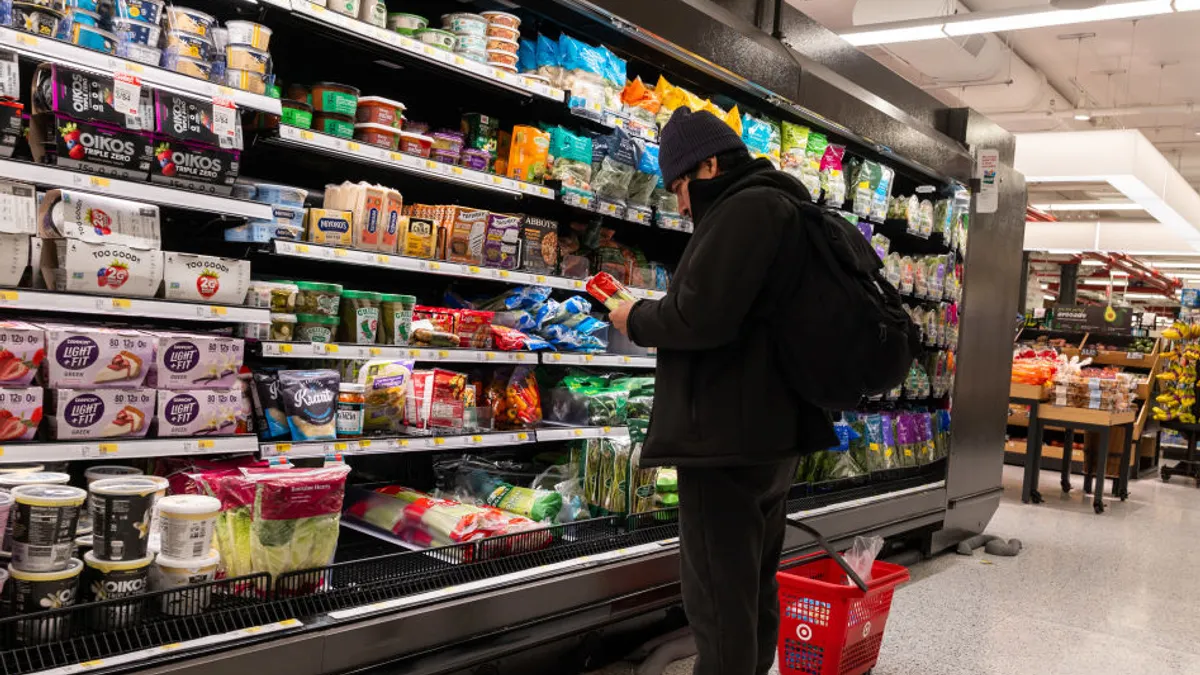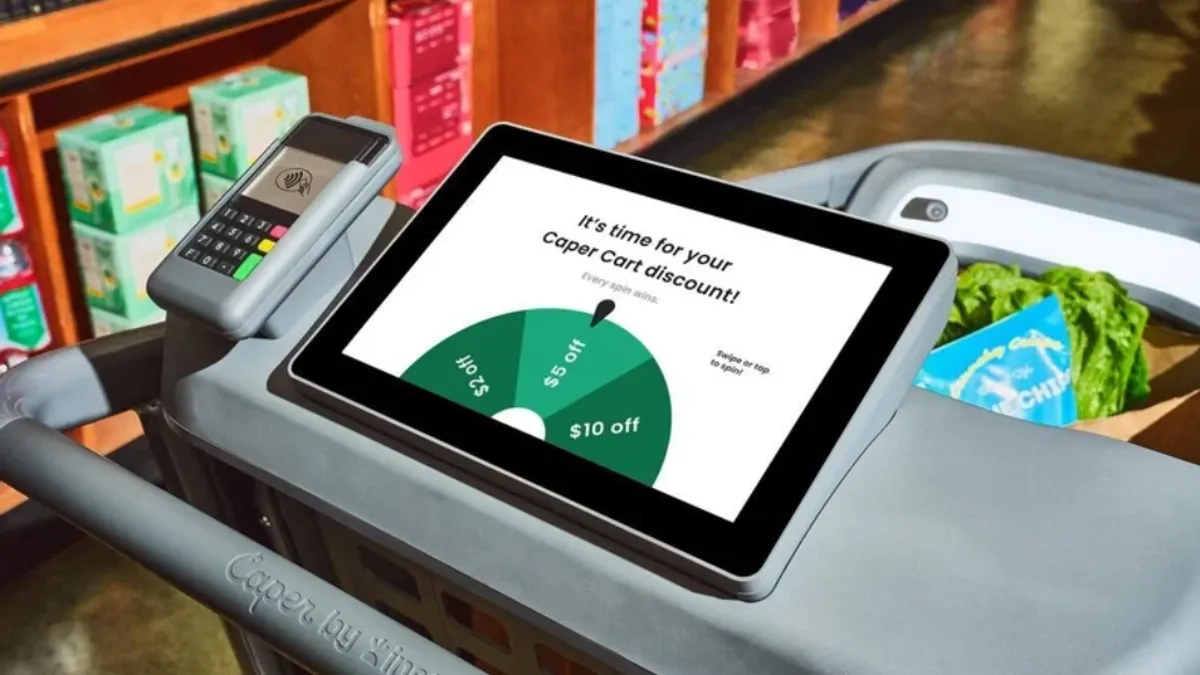Shamus Hines is CEO of Applied Data Corporation, a technology company delivering SaaS-based solutions.
Forty percent of grocery CEOs today identify people as a priority. Even if operational systems are functioning, connected and successfully leveraging data, they are nothing without a labor force that adopts technology in order to work smarter.
Adoption of in-store tools by associates is the ultimate ROI. The most basic processes can be automated, adding immediate value to the experience brand in-store. And with those automations out of the way, employees are more available to initiate higher value interactions with shoppers and each other.
Embracing new technologies isn't just a destination — it’s a journey. What should retailers keep in mind when taking the first step? And how do you go about empowering employee relationships to tech?
Let’s examine three key questions retailers should ask when searching for the right tools in driving high adoption.
Can employees adopt quickly and stick with it?
In today’s labor market, having a user interface (UI) that’s so simple there’s hardly a need for training is the baseline — and vital in the face of fast-paced attrition affecting retailers globally. Invest in UI that's built for anybody, like a retired cashier who only books 20 hours a week or a part-time Gen Z employee who jumps from task to task, or a third-party bakery vendor who’s in the store every other day.

Intuitive systems yield high efficiency because they yield high adoption. Take a Gen Z worker who is super tech literate and has high usability expectations. In the market, Gen Z workers prioritize jobs where they can expand their skills and broaden their talents and experience. Give them that critical step forward through retail cross-training and stores equipped with tech that allow them to do so. The quicker they adopt, the quicker they’ll be able to move on, take on other tasks, and improve the labor system in which they work, saving everyone time and energy.
Clunky, unusable, disconnected systems will lose this type of labor in an instant — not to mention generations more wary of slick, gamified tech. Traditionally with economic downturns comes a flood of retired boomers reentering the workforce.
Set a diverse labor force up for success: Invest in software every employee can adopt at a speedy pace and retain long-term; choose systems with friendly UI and usability flow to match; and train employees across the total system to place value on their labor and growth within your company.
Does it drive intrinsic motivation?
The tight labor market leaves one thing clear: Grocery workers are exhausted. Anything retailers can do to simplify the labor process is a win.
Think of adoption like a game. Put motivating elements in place, encourage productivity, offer users tangible encouragement and allow them to track progress.
Tech solutions are beginning to seriously harness gamification to inspire — and reward — high performance. Sixty-three percent of Gen Zers entering the workforce expect gratification for a job well done, according to research by Washington State University’s Carson College of Business
And young people aren’t the only wedge of the workforce antsy for instant, consistent praise. Instant gratification is baked into almost every aspect of our lives. Why not appeal to a majority of workers with engaging task management systems?
Gamification drives intrinsic motivation. Present employees with challenges to continuously develop new skills while reaching meaningful goals, while also boosting confidence and driving retention through reward. Visible progress instills the desire to achieve and continue achieving higher goals, lending a physical representation of the great value each individual provides to overall retail operations.
Many systems reward progress with digital coins or points that employees can eventually redeem for various benefits. Those can be a palpable success incentive. Other systems cultivate inter-employee competition by displaying leaderboards or scoreboards, which appeal to workers who may have pre-existing internal motivation to perform highly or better than their peers.
Of course, beyond the human psychology of challenge and reward, gamified UI curbs the repetitive mundanity of everyday tasks. A curious, excited worker is more likely to be an engaged, successful worker.
Does it give back time to employees?
Time spent engaging in monotonous tasks bogged down by disharmonious systems is a cost to everyone: store, user and shopper. Employees have the potential to be a retailer’s strongest brand ambassadors. Don’t miss out on the opportunity with clunky technology that causes more issues than it solves.
Connected tech should add to the total store experience by integrating operations from start to finish. Give time back to employees with easy, gamified UI and watch them use the extra time and energy to positively impact the shopping experience.
Customer experience is one area, in particular, that could use help. Nearly 64% of consumers surveyed on reasons to stop shopping at a particular store noted poor customer service, and nearly 45% listed customer service as the most important factor of the shopping experience. Don’t fall into either stat — satisfied customers are your prime differentiating factor.
Task-efficient associates might feel lighter and more appreciated, inspiring an attitude that can empower them to assist customers in need more frequently and with higher value. Provide workers with the confidence and learning necessary to be the face of your brand in every aisle, checkout line and specialty department.
Looking Ahead: Pioneering Adaptable Tech
The grocery store as we know it changed dramatically with the onset of the pandemic and continues to evolve as consumers evolve. Reshaping the traditional role of physical stores requires adaptation on the retailer's end to deliver fresh service — and technology is key in building a better in-store environment and streamlining store operation for employees and customers alike.
The average retail organization uses approximately 44 different systems to engage customers across touchpoints, Salesforce noted last year. Major retailers are beginning to condense the number of systems used into fewer, simpler solutions.
Cloud-based and SaaS tech are increasingly relevant and rapidly replacing legacy systems, just as retailers are partnering more and more with tech-savvy players to implement smarter strategies quickly and share the burden of rapid innovation. Solutions that integrate seamlessly and can build on themselves and other systems are integral to the future of these grocery tech ecosystems.
My last note: Tech means nothing without employee adoption. If a system is workable but unadoptable, the entire grocery store lags. Gain smarter, more engaged employees who learn on the job, elevate the shopper experience, and still have time left to offer value in unexpected ways. Adoption is about more than just making the job easy for your employees: it’s about enabling their best possible work.


